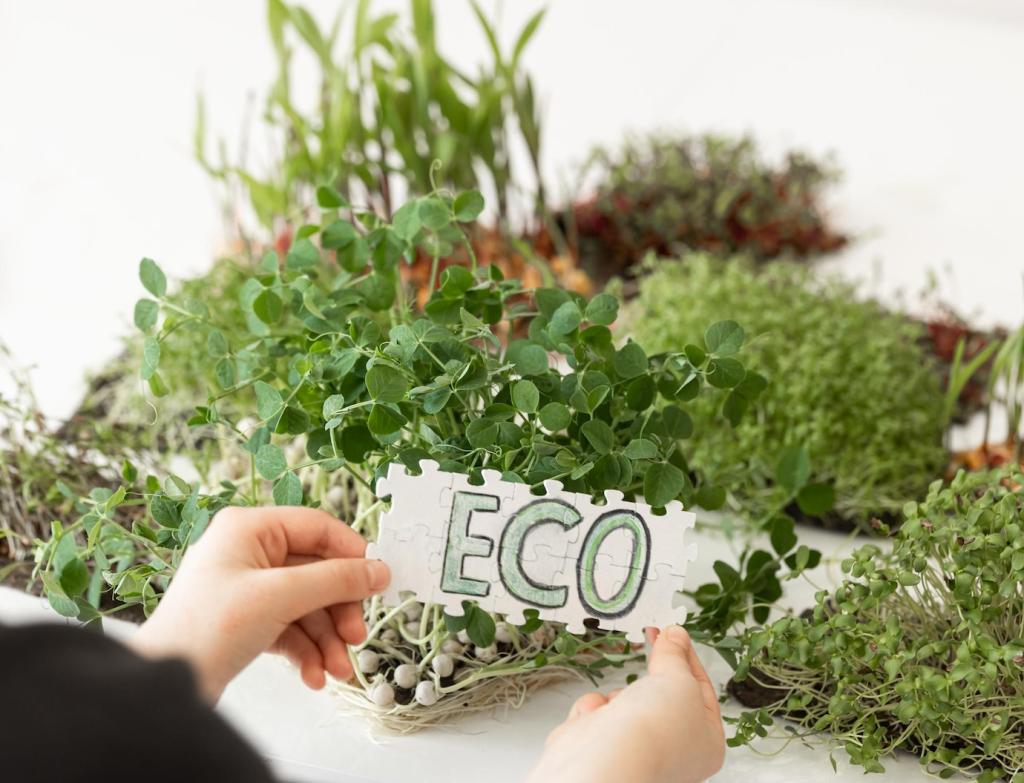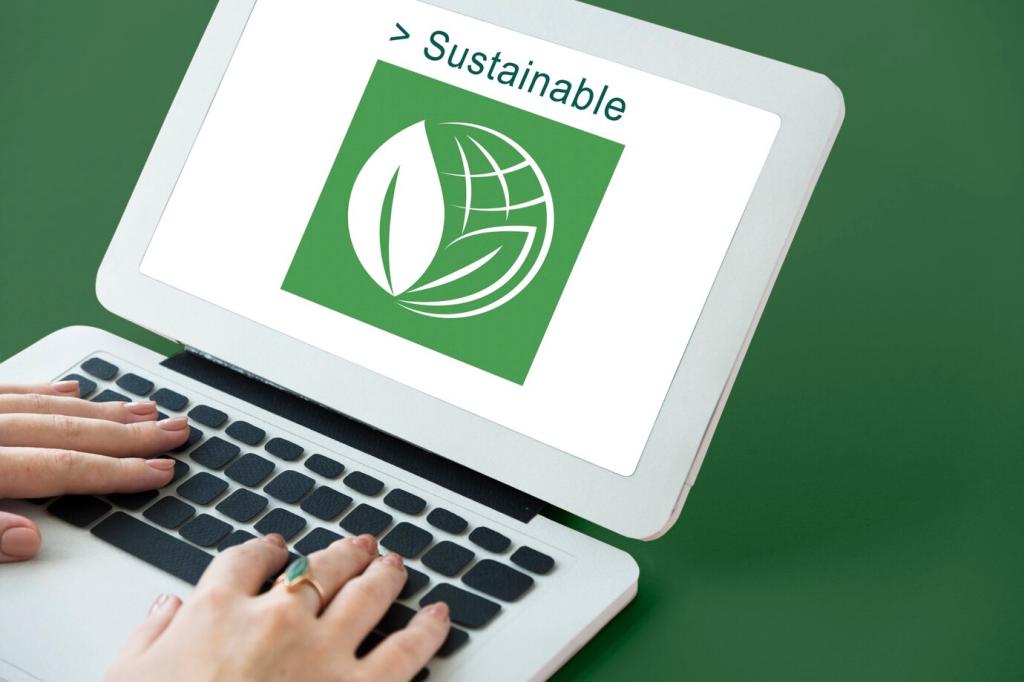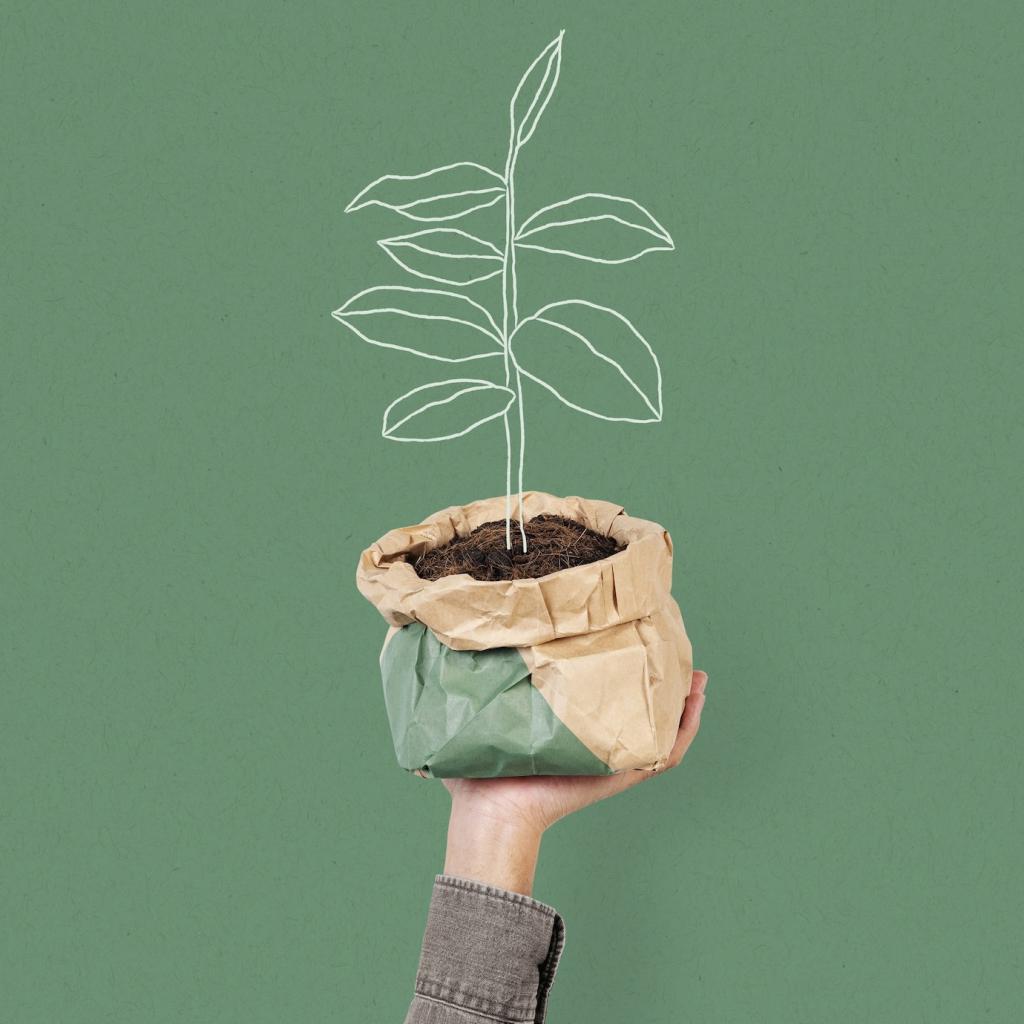Welcome to a softer, cleaner, kinder bedroom. Dive into Eco-Friendly Bedding and Textiles—where restful sleep meets responsible materials, ethical production, and long-lasting comfort. Join the conversation, subscribe for fresh insights, and help shape a cozier, greener home.
Certifications That Actually Mean Something
Look for GOTS for organic integrity, OEKO-TEX Standard 100 for chemical safety, and FSC for responsibly sourced wood-based fibers. Certifications aren’t perfect, but they reduce guesswork and raise the bar for transparency. Which label guides you most when you shop?
Materials That Respect the Earth
Organic cotton reduces pesticide use, linen and hemp thrive with minimal inputs, and TENCEL Lyocell uses a closed-loop process that recycles solvents. Each fiber feels different, wears differently, and suits different sleepers. Tell us which fabric your skin loves.
Health, Comfort, and the Bigger Picture
Eco-friendly textiles often avoid harsh finishes and heavy fragrances, which can ease sensitive skin and allergies. Lower-impact dyes and breathable weaves help you sleep cooler. Your bed becomes a daily vote for healthier homes and healthier ecosystems.

Grown without synthetic pesticides, organic cotton supports healthier soils and farm workers. It’s versatile, easy to care for, and widely available. Choose percale for crisp coolness or sateen for silky drape. What weave feels like home to you?

Linen and hemp are strong, breathable, and naturally antibacterial. They often need fewer resources and develop a lived-in softness with each wash. Expect graceful wrinkles and heirloom longevity. Share your best tip for softening linen without over-washing.

Made from wood pulp in a closed-loop system, Lyocell recycles most solvents and water. The fabric drapes beautifully, resists odor, and breathes well. It’s a favorite for hot sleepers. Have you tried eucalyptus-based sheets—what did you notice first night?
Comfort Without Compromise
High thread counts can mask weaker fibers. Percale is crisp and airy; sateen is smooth with subtle sheen; twill resists wrinkles. Prioritize long-staple fibers, clean finishes, and honest specs over inflated numbers. How do you prefer your sheets to sound and feel?
Care Habits That Extend Lifespan
Wash Smart to Save Energy and Fibers
Use cold water, gentle cycles, and mild, biodegradable detergents. Skip fabric softeners that coat fibers; try vinegar in the rinse if needed. Wash full loads and consider microfiber filters for synthetics. How often do you rotate sets to reduce wear?
Drying, Sun, and Simple Repairs
Line-dry when possible to save energy and preserve elasticity. Sunlight naturally freshens and brightens whites. Learn basic mending—re-stitch seams, reinforce corners, patch tiny tears early. Post your most satisfying repair story and inspire another sleeper.
Storage that Keeps Textiles Happy
Store clean and fully dry, in breathable cotton bags, away from direct sunlight. Avoid plastic bins that trap moisture. Add lavender sachets to discourage pests naturally. What’s your go-to trick for keeping sets organized and ready for quick changes?
Shop Smarter, Sleep Better
Seek full fiber content, country of origin, and third-party certifications. Transparent brands disclose dye processes and water treatment. If information is vague, ask directly. Which details on a product page make you feel most confident clicking buy?


Shop Smarter, Sleep Better
Beware of fluffy words without proof—“eco,” “natural,” “clean.” Look for measurable claims, lifecycle highlights, repair programs, and clear supply chains. If a brand can’t answer questions, consider alternatives. What red flags have you learned to catch early?

This is the heading
Lorem ipsum dolor sit amet, consectetur adipiscing elit. Ut elit tellus, luctus nec ullamcorper mattis, pulvinar dapibus leo.

This is the heading
Lorem ipsum dolor sit amet, consectetur adipiscing elit. Ut elit tellus, luctus nec ullamcorper mattis, pulvinar dapibus leo.
Closing the Loop: End-of-Life and Beyond
Check municipal textile programs, charity guidelines, and condition requirements. Clean and fold donations, label sizes, and bundle pillowcases. Stained cotton can become shop rags or art drop cloths. What recycling options exist in your city we should map together?
Transform worn sheets into produce bags, napkins, pet bedding, or lavender sachets. Kids love fort-building with retired linens. Share a photo, spark an idea, and extend a fabric’s useful life. Which upcycle project will you try this weekend first?
Look for brands offering take-back programs and repairs, and support policies like Extended Producer Responsibility. Your purchasing power signals demand for circular design. Subscribe for updates on pilot programs—and tell us which initiatives deserve a spotlight.

